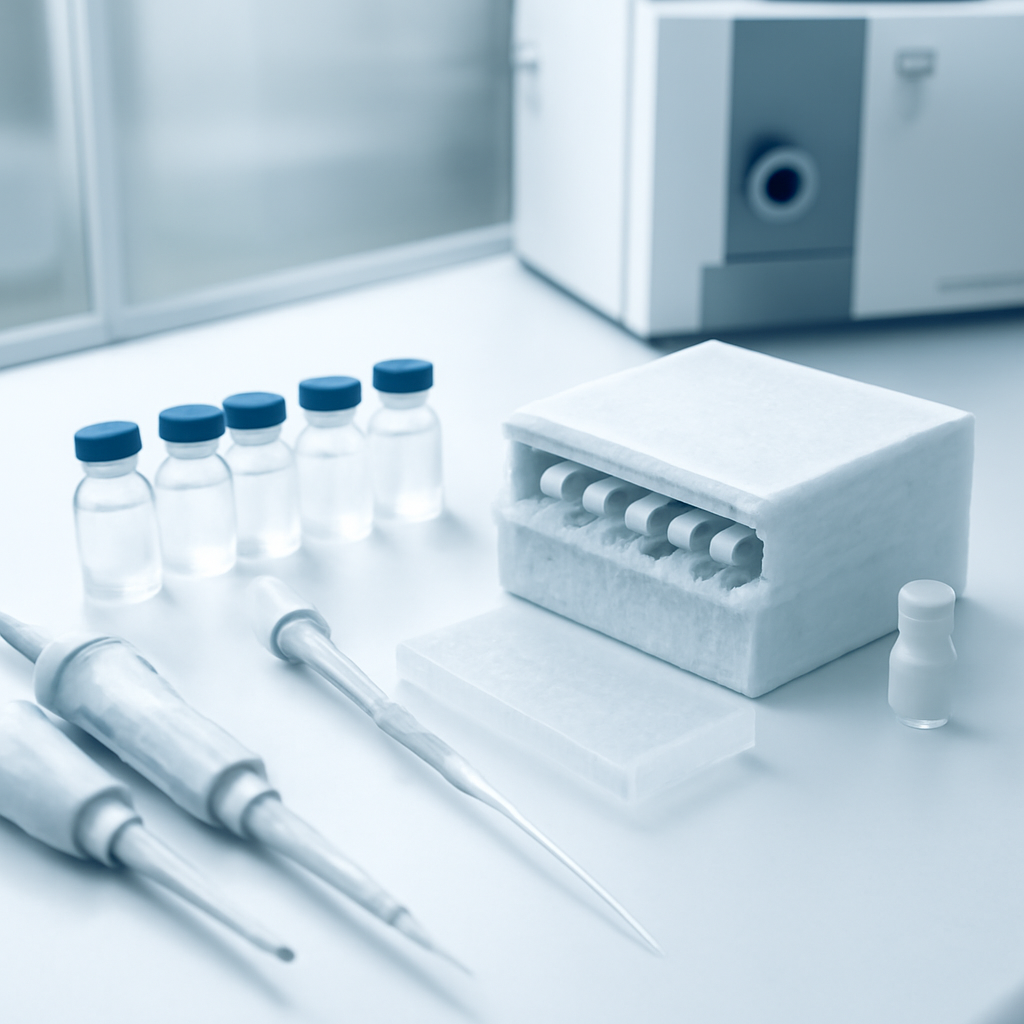Understanding the Onset of Tissue Regeneration with BPC-157
Research into peptides like BPC-157 has gained significant attention due to their potential in promoting tissue healing and regeneration. Preclinical studies have been instrumental in elucidating the mechanisms by which BPC-157 influences cellular and molecular pathways involved in tissue repair. For scientists and researchers, understanding the timeline of BPC-157’s effects is crucial for designing experiments and interpreting results. This article explores the scientific insights into when BPC-157 begins to exert its regenerative effects in various tissue models, supported by current research findings and molecular data.
Peptide Background and Scientific Properties
BPC-157, also known as Body Protective Compound-157, is a synthetic peptide derived from a protein found in gastric juice. It is composed of 15 amino acids and exhibits a range of biological activities related to tissue healing. Notably, BPC-157 has demonstrated anti-inflammatory, angiogenic, and regenerative properties in numerous preclinical settings. Its stability in gastric fluids and capacity to modulate growth factors make it a unique candidate for studying tissue repair processes. Importantly, BPC-157’s mechanisms are primarily investigated in vitro and in animal models, providing valuable insights into its cellular effects without human application claims.
Mechanisms of Action
Cellular Pathways Affected
BPC-157 influences several cellular pathways critical for tissue regeneration. It has been shown to promote angiogenesis by upregulating vascular endothelial growth factor (VEGF) expression, enhancing blood vessel formation essential for tissue repair. Additionally, it modulates the nitric oxide (NO) pathway, which plays a pivotal role in vasodilation and cell proliferation. BPC-157 also interacts with the fibroblast growth factor (FGF) pathway, stimulating fibroblast migration and collagen synthesis, integral to wound closure and tissue remodeling.
Receptor Interactions
While the precise receptor interactions remain under investigation, current evidence suggests that BPC-157 may exert its effects through modulation of growth factor receptors and possibly via interactions with the serotonergic and dopaminergic systems. Its capacity to influence multiple receptor pathways underscores its multifaceted role in cellular regeneration processes, primarily observed in preclinical models where receptor expression is altered during tissue healing phases.
Research Use and Experimental Protocols
Preclinical studies typically utilize animal models such as rats or mice with induced tissue injuries to assess BPC-157’s regenerative potential. Dosing regimens vary, but research often employs doses ranging from 10 to 10,000 micrograms per kilogram of body weight, administered via subcutaneous injections or topical applications. Timing of effects is closely monitored, with some studies reporting observable tissue improvements within 24 to 72 hours post-administration. Researchers focus on endpoints like histological tissue analysis, angiogenesis markers, and functional recovery to evaluate outcomes.
Comparison with Other Research Peptides
Compared to peptides like CJC-1295 or Tesamorelin, which primarily influence growth hormone release, BPC-157’s focus is on local tissue repair and angiogenesis. While CJC-1295 and Tesamorelin tend to have systemic effects related to hormone modulation, BPC-157’s mechanisms are more localized to cellular and vascular healing processes. These differences influence their research applications, dosing strategies, and onset times in preclinical models. Understanding these distinctions helps researchers select appropriate peptides for specific tissue regeneration studies.
Storage, Stability, and Handling
Proper storage of BPC-157 is vital to maintain its integrity. Typically, it should be stored lyophilized at -20°C, protected from light and moisture. Reconstituted solutions are usually stable for several days when refrigerated at 4°C but should be used within a recommended timeframe to prevent degradation. Solvents like sterile water for injection or bacteriostatic water are commonly used for reconstitution. Handling procedures should follow sterile techniques to avoid contamination, ensuring consistent experimental results.
Conclusion
Preclinical research indicates that BPC-157 can begin exerting tissue regenerative effects within 24 to 72 hours after administration, depending on the tissue type, injury model, and dosing regimen. Its multifaceted mechanisms involving angiogenesis, cell proliferation, and modulation of growth factors make it a valuable tool for studying tissue repair processes. Researchers should carefully consider dosing, timing, and storage protocols to optimize experimental outcomes. Continued investigation into molecular pathways will further clarify the timeline and efficacy of BPC-157 in regenerative studies.
Disclaimer: This content is for educational and research purposes only. None of the peptides mentioned are intended for human use.


